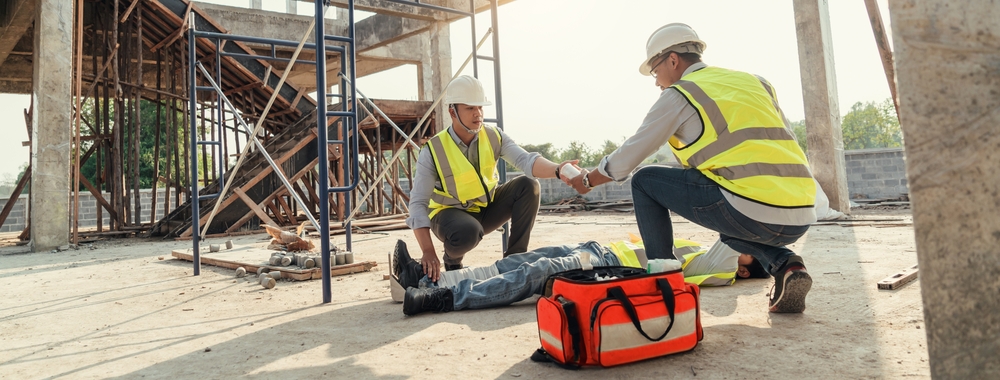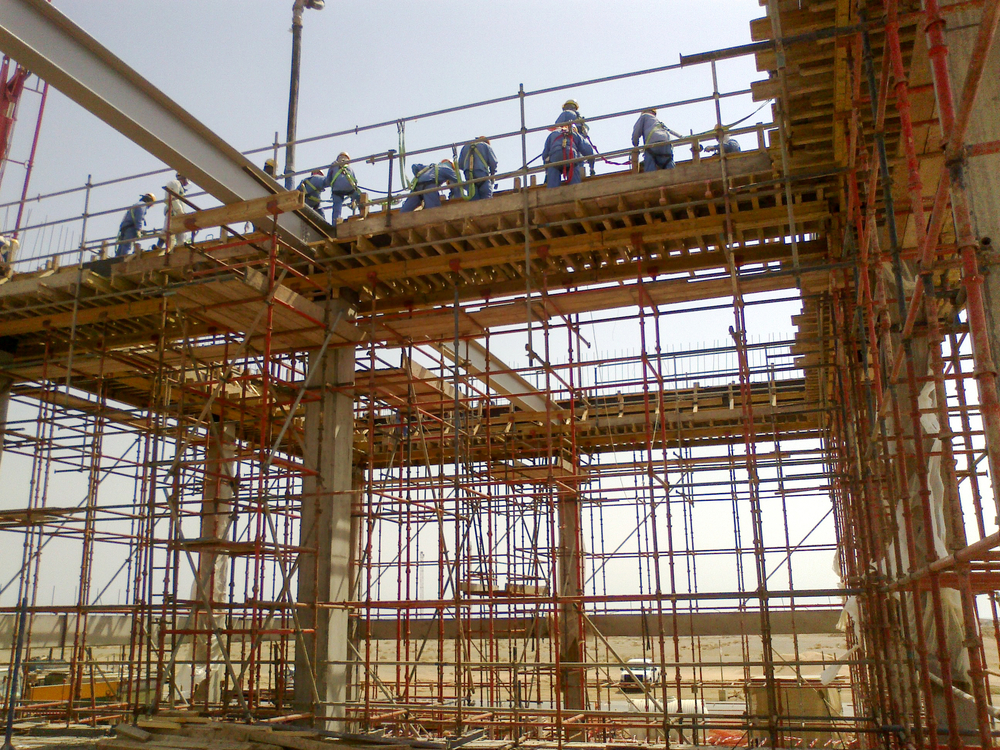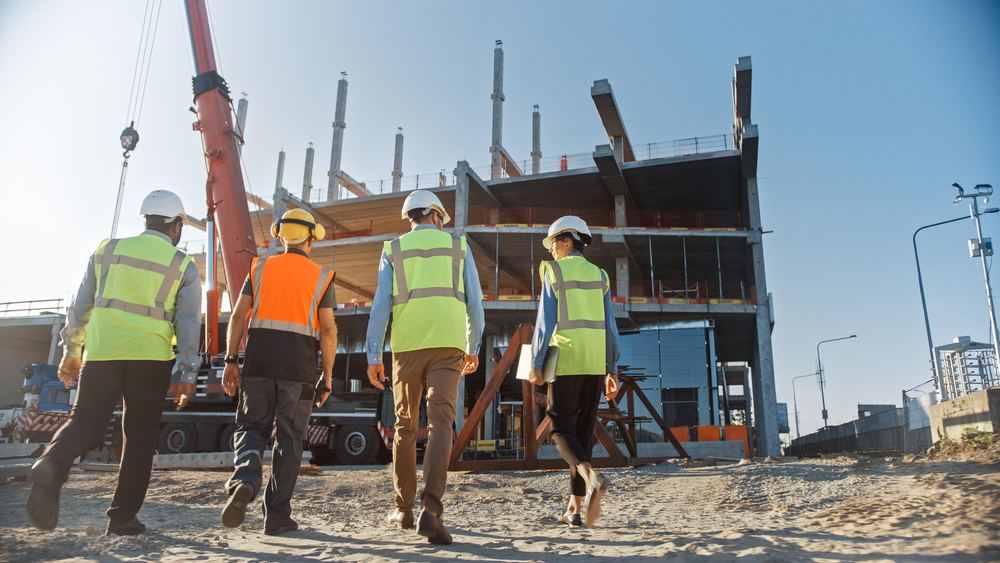With more than 20 years experience in lifting equipment
Basic Working at Heights
A Basic Working at Heights course is a safety training program designed to educate workers about the risks associated with working at elevated heights and to provide them with the knowledge and skills necessary to do so safely. Such training is crucial in industries where employees routinely work on scaffolding, ladders, rooftops, or other elevated platforms.

Upon successful completion of a Basic Working at Heights course, workers typically receive certification or a card to demonstrate their competence in working at elevated heights safely. It’s essential for employees in the industry where working at heights are common to undergo this training to minimize the risks associated with such work and ensure the safety of all workers. Workplace safety is a priority, and compliance with safety regulations and standards is crucial.


Advance Working at Heights
An Advanced Working at Heights course is a more comprehensive and in-depth safety training program compared to the basic course. It is designed for individuals who work in industries or job roles that involve more complex or high-risk tasks at elevated heights. The advanced course goes beyond the basics to provide a deeper understanding of working at heights and equips participants with advanced skills and knowledge.
An Advanced Working at Heights course is typically recommended for workers who regularly undertake tasks involving higher risks or more complex working conditions, such as those working on high-rise buildings, construction of towers, maintenance of telecommunications infrastructure, and similar activities. This training helps ensure that workers have the knowledge and skills to perform their jobs safely and minimize the risks associated with working at heights.
Basic rigging
A Basic Rigging course is a safety training program that provides participants with the knowledge and skills necessary to safely and effectively perform rigging tasks in various industrial and construction settings. Rigging involves the use of equipment and techniques to lift, move, and position heavy loads, such as machinery, materials, or equipment. Proper rigging is essential to prevent accidents and ensure the safety of workers and equipment.
Upon successful completion of a Basic Rigging course, participants may receive certification or a card to demonstrate their competence in rigging. This training is especially important in industries where lifting and rigging operations are common, such as construction, manufacturing, and logistics. Proper rigging practices help prevent accidents, injuries, and equipment damage, making it an essential aspect of workplace safety and efficiency.
Lifting tackle inspections (LTI)
A Lifting Tackle Inspections course is designed to train individuals on how to inspect and maintain lifting tackle, equipment, and hardware used in material handling and lifting operations. Lifting tackle refers to components like slings, shackles, hooks, hoists, and other hardware used for securing and lifting loads. This course focuses on ensuring the safe and efficient use of these lifting accessories by teaching participants how to identify potential defects, damage, and wear that can compromise safety
Upon successful completion of a Lifting Tackle Inspections course, participants may receive certification or credentials to demonstrate their ability to inspect and maintain lifting equipment. These skills are essential in industries where lifting and material handling are routine operations, as safe and well-maintained lifting tackle is crucial for preventing accidents, protecting workers, and ensuring efficient operations. Proper inspections help identify issues early, reducing the risk of equipment failure during lifting operations.


